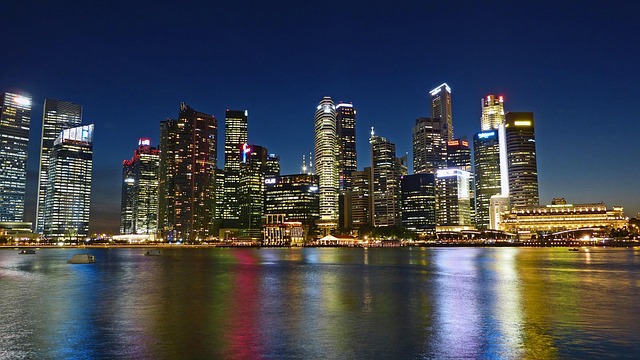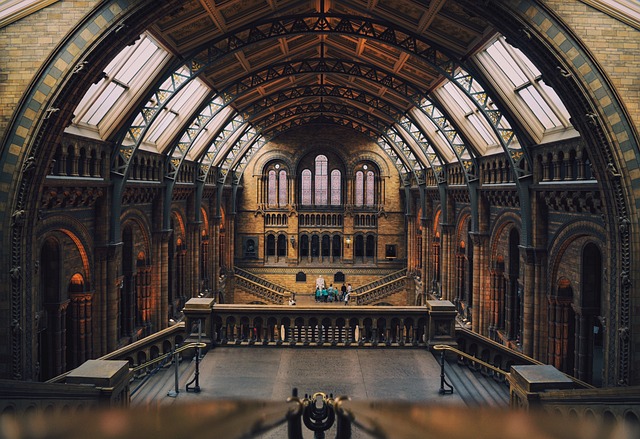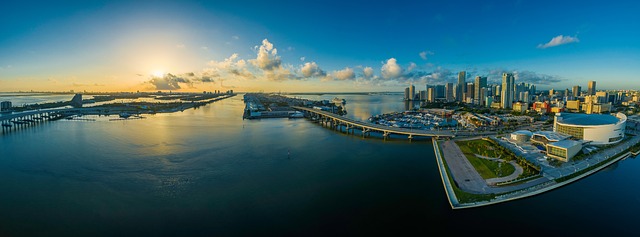Real estate is a powerful catalyst for community development, reshaping neighborhoods through diverse properties that attract a mix of residents, stimulating local economies and cultural exchange. Mixed-use developments blending residential, commercial, and recreational spaces enhance social connections and vibrancy. Enhancing community amenities like parks, centers, and performance venues encourages foot traffic, boosting local businesses. Modern amenities catering to contemporary lifestyles further increase neighborhood appeal, driving property values and fostering thriving communities where people desire to live, work, and play. Community energy, through events, improved amenities, and sustainability, strengthens social bonds and enhances area desirability.
In today’s competitive landscape, vibrant communities are not just desirable but essential. Improved services play a pivotal role in fostering community vibrancy, from the roles of real estate in driving development to enhancing amenities that attract and retain residents. This article delves into these aspects, exploring strategies for sustaining and growing community energy through innovative real estate practices. By focusing on these key drivers, communities can thrive, ensuring a high quality of life for all their residents.
The Role of Real Estate in Community Development

Real estate plays a pivotal role in community development, acting as a catalyst for vibrant neighborhoods. The quality and diversity of properties directly impact the overall health and allure of an area. When real estate is well-managed and offers a range of housing options catering to various lifestyles and budgets, it attracts diverse residents who contribute to a thriving community. This influx of individuals brings new ideas, businesses, and cultural experiences, fostering an environment where people feel connected and engaged.
Furthermore, real estate development projects that prioritize mixed-use spaces create vibrant hubs where residents can live, work, and play within walking distance. These developments encourage foot traffic, enhance local economies, and build social connections. By integrating residential, commercial, and recreational spaces, real estate has the power to transform areas into thriving communities that offer a high quality of life for all their inhabitants.
Enhancing Amenities: A Key Driver of Vibrancy

In any community, enhancing amenities plays a pivotal role in boosting vibrancy and desirability, especially in the real estate sector. These amenities go beyond basic necessities; they include recreational facilities like parks, community centers, sports complexes, and cultural spaces such as galleries, libraries, and performance venues. When well-designed and accessible, these spaces encourage social interaction, fostering a sense of belonging among residents. This, in turn, leads to increased foot traffic, stimulating local businesses and creating a bustling atmosphere that defines vibrant communities.
Moreover, modern amenities like high-speed internet access, green spaces, and energy-efficient buildings cater to contemporary needs and preferences. Real estate developers who prioritize these enhancements attract not only families but also young professionals and retirees seeking environments that align with their lifestyles. This strategic focus on amenities contributes to the overall appeal of a neighborhood, driving property values and creating a thriving community where people want to live, work, and play.
Strategies for Sustaining and Growing Community Energy

Community energy is a vital aspect that greatly influences the overall vibrancy and appeal of an area, particularly in real estate. To sustain and grow this energy, several strategies can be implemented. One effective approach is fostering a sense of belonging through community events and programs that encourage interaction among residents. These activities not only strengthen social connections but also create a shared identity, making the neighborhood feel more vibrant and attractive to potential newcomers and existing residents alike.
Additionally, investing in and improving local amenities plays a significant role. This includes enhancing parks, community centers, and recreational facilities to become hubs of activity and interaction. Well-maintained public spaces encourage residents to gather, socialize, and engage in various pursuits, thereby increasing the overall energy and liveliness of the community. Moreover, implementing initiatives that promote sustainability and environmental awareness can galvanize the community, fostering a pride in and responsibility for their local space.






